Effective roof mold prevention relies on the interplay of ventilation and insulation. At Shield Roofing, a trusted San Antonio, TX roofing provider for over 25 years, we highlight that proper airflow is vital for moisture control and a healthy roofing system. Our experts optimize your roof’s ventilation to reduce mold growth and improve indoor air quality. Choosing the right insulation materials keeps air pathways clear, protecting your roof from water damage and structural issues.
The Role of Ventilation in Roof Mold Prevention
Properly designed roof ventilation is crucial in preventing mold growth, ensuring that moist air is efficiently expelled while fresh air circulates. This dynamic air movement is key to reducing humidity levels within the attic space, which can lead to structural damage if left unaddressed. A well-optimized ventilation system—including intake and exhaust vents—maintains indoor air quality and enhances energy efficiency, ultimately extending the life of your roof while lowering energy costs. Investing in ventilation best practices provides peace of mind against potential mold problems.
Why Proper Airflow Stops Mold Growth on Roofs
Optimal airflow is crucial in preventing mold growth on roofs. Proper ventilation allows moist air to escape, minimizing humidity levels that foster mold development. This airflow, facilitated by a balanced mix of intake and exhaust vents, ensures that warm air, which naturally rises, is effectively expelled. Inadequate ventilation can lead to moisture buildup, causing structural damage and compromising roofing materials. Implementing best practices for roof ventilation not only enhances indoor air quality but also contributes to the longevity and energy efficiency of your roofing system.
Effective Roof Ventilation Methods
Optimal roof ventilation is crucial for San Antonio, TX homes, particularly given the region’s humid climate. Installing ridge vents allows hot, moist air to escape from the peak of your roof, promoting effective air movement throughout the attic space. Complementing this with soffit vents creates a balanced airflow, ensuring fresh air enters while moist air exits. Additionally, incorporating powered attic ventilators can further enhance energy efficiency, reducing the risk of mold growth and extending the life of your roof through proper ventilation practices.
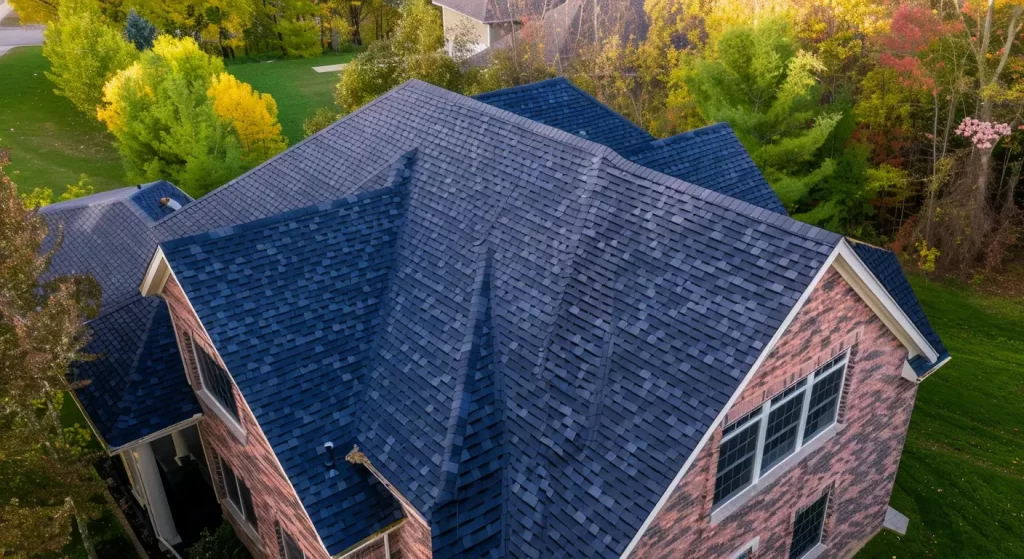
How Insulation Works with Ventilation to Prevent Mold
Proper insulation complements an effective roof ventilation system, playing a crucial role in mold prevention. By minimizing moisture buildup, insulation helps maintain optimal temperature variations, which is essential in averting condensation. It’s vital to select insulation materials designed to resist moisture, ensuring durability and performance. Moreover, ensuring that insulation does not obstruct critical ventilation paths—such as intake and exhaust vents—promotes seamless air movement. This collaborative approach not only enhances indoor air quality but also safeguards the life of your roof, providing peace of mind.
Choosing Insulation Materials That Resist Moisture
Selecting the right insulation materials is crucial for combating moisture that can lead to mold growth. Look for moisture-resistant options, such as closed-cell spray foam or treated fiberglass, which effectively repel water while maintaining energy efficiency. These materials help regulate indoor air quality by reducing humidity levels, ensuring a drier environment within your attic space. Collaborating with roofing professionals can guarantee optimal choices tailored to your home’s specific needs, safeguarding against costly water damage and ensuring the longevity of your roof.
Ensuring Insulation Doesn’t Block Critical Ventilation Paths
Proper insulation plays a key role in maintaining an effective roof ventilation system. It’s crucial to ensure that insulation does not obstruct airflow through intake vents and exhaust vents. Strategic placement of insulation allows for free air movement, enabling moist air to escape and preventing mold growth. Regular inspections can identify areas where insulation may impinge on essential airflow channels. By safeguarding ventilation paths, homeowners can uphold energy efficiency, prolong the life of their roof, and avert potential mold problems.
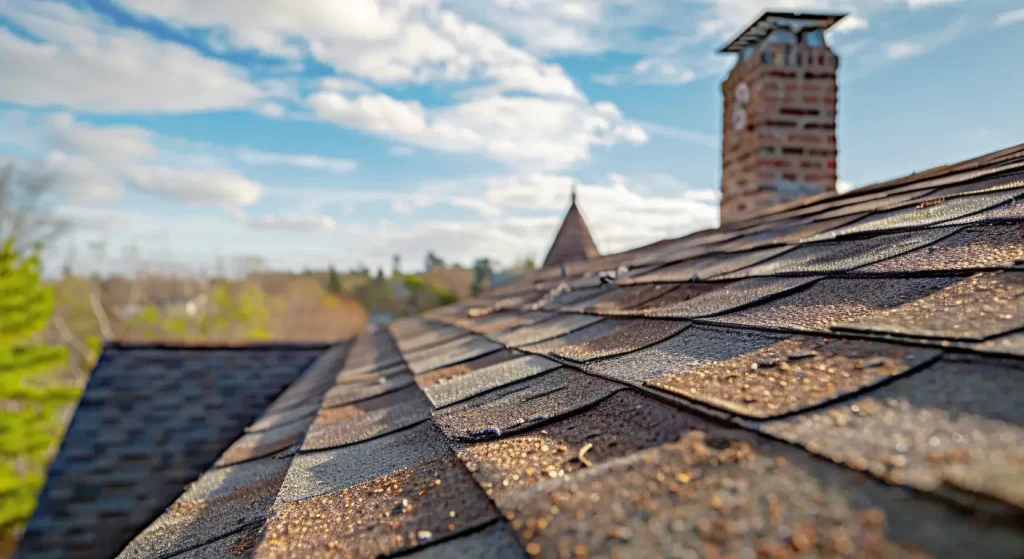
Identifying Roof Areas Most Vulnerable to Mold
Certain areas of your roof are particularly susceptible to mold issues. Attic spaces, with their potential for stagnant moist air, often become hotspots for mold growth if proper ventilation isn’t maintained. Valleys and low spots on the roof can trap water, leading to further complications like ice dams in colder climates. Implementing effective roof ventilation strategies in these critical zones is essential. Regular inspections by roofing professionals can pinpoint vulnerability and guide necessary preventative actions, safeguarding your home’s structural integrity.
Targeting Attics and Valleys with Optimized Ventilation
Effective mold prevention strategies must focus on the attic and roof valleys, as these areas are prone to moisture buildup and can hinder proper airflow. Installing adequate ventilation systems, including soffit vents and ridge vents, enables the movement of warm air out and fresh air in, significantly improving indoor air quality. Ensuring these zones are optimized for airflow not only extends the life of your roof but also mitigates the risk of structural damage and high energy costs associated with mold growth.
Solutions for Flat vs. Sloped Roof Mold Prevention
Flat roofs typically face unique challenges regarding mold prevention, primarily due to restricted airflow and potential water pooling. Incorporating a combination of static and mechanical ventilation systems can enhance air movement, reducing moisture buildup. For sloped roofs, ensuring adequate eave and ridge vents facilitates a continuous flow of fresh air, effectively expelling warm, moist air. Either approach demands tailored solutions to meet specific environmental conditions, maintaining the integrity of your roof and prolonging its life while optimizing energy efficiency.
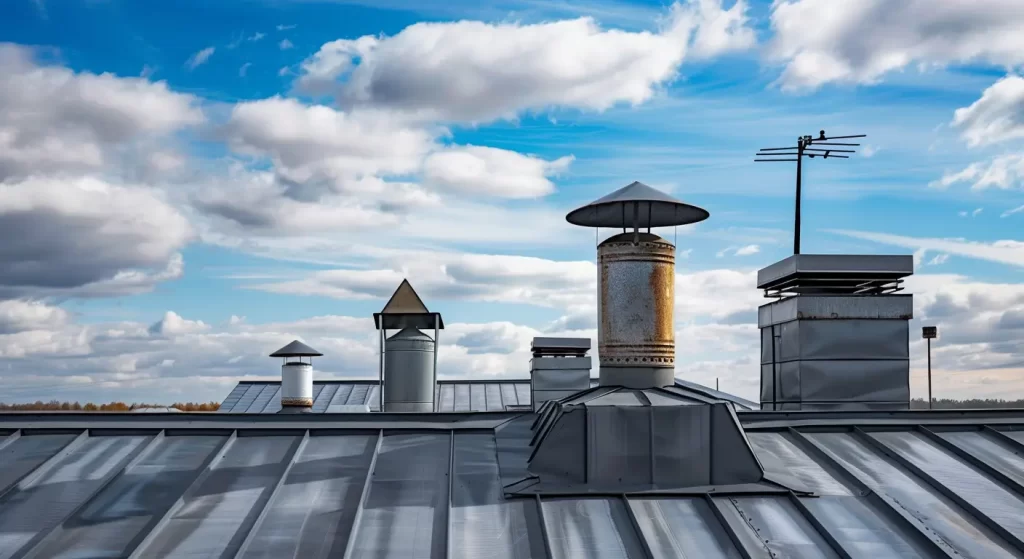
Warning Signs and Maintenance Tips
Regular inspections are crucial for identifying warning signs of poor roof ventilation, such as mold growth, water damage, or unusual stains on ceilings. Homeowners should also monitor energy costs; significant increases may indicate ventilation issues. Maintain proper airflow by ensuring vents remain unobstructed. Address excessive moisture buildup, which can lead to structural damage or ice dams during colder months. By understanding these indicators and performing consistent maintenance, you can ensure optimal roof ventilation and extend the life of your roof.
Recognizing the Early Indicators of Poor Ventilation
Subtle signs often signal the onset of poor roof ventilation. Look for black stains or streaks on roofing materials, indicating moisture retention and potential mold growth. Additionally, an increase in energy bills may suggest that your ventilation system is not functioning optimally, causing efficient airflow to diminish. A slight musty odor in the attic space or the presence of condensation on rafters are also telltale indicators. Regular inspections can preemptively address these issues, safeguarding your roof’s integrity and longevity.
Common Homeowner Mistakes
Regular inspections of your roof ventilation system are crucial in preventing mold growth and ensuring the longevity of your roof. Homeowners should aim for biannual evaluations, particularly in spring and fall, to catch potential issues early. Common mistakes include neglecting the attic space during the inspection and overlooking obstructions in airflow, such as blocked eave vents or ridge vents. By addressing these concerns proactively, homeowners can significantly reduce the risk of moisture buildup and maintain optimal indoor air quality.
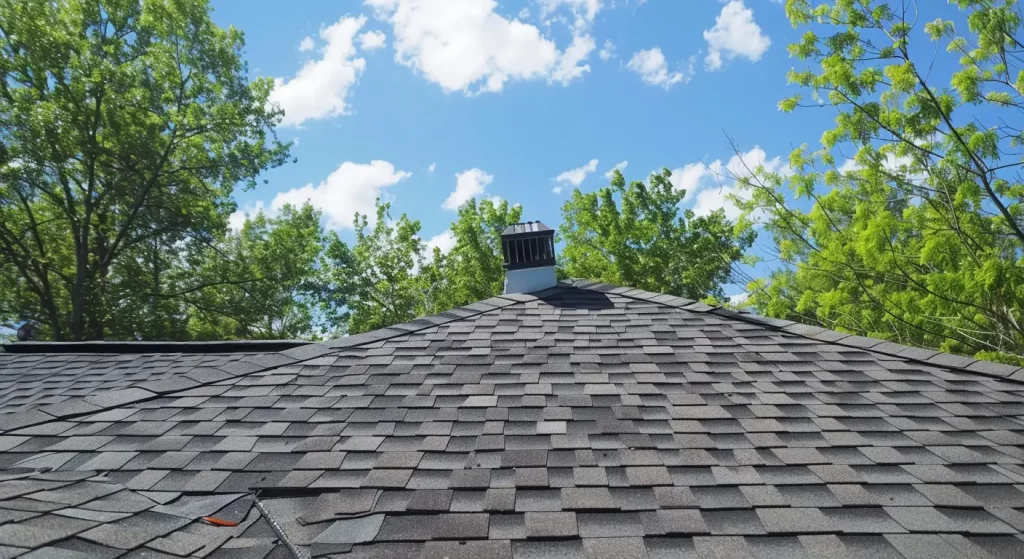
Contact Us
Best practices for ventilation and insulation are essential for extending your roof’s lifespan and preventing mold growth. Effective systems like ridge and soffit vents work together with insulation to reduce moisture buildup. Regular inspections improve indoor air quality and enhance energy efficiency, providing homeowners with peace of mind. As an Owens Corning preferred contractor with GAF certifications and a BBB A+ rating, we focus on these practices to ensure durability and minimize future repair costs. For more information, contact Shield Roofing in San Antonio, TX.
Read our blog: Clay Tile vs. Asphalt Shingle: Life‑Cycle Cost Comparison
Frequently Asked Questions
Can ventilation prevent mold?
Yes, proper ventilation is crucial in preventing mold growth by promoting airflow and reducing moisture buildup. Adequate air circulation helps maintain optimal humidity levels, making it difficult for mold spores to thrive on roofs, especially in attics and other enclosed spaces.
Does ventilation help get rid of mold?
Yes, ventilation plays a crucial role in mold prevention by promoting airflow, which reduces moisture levels. Properly ventilated roofs allow humidity to escape, creating an environment less conducive to mold growth. Therefore, effective ventilation significantly aids in eliminating existing mold and preventing future infestations.
